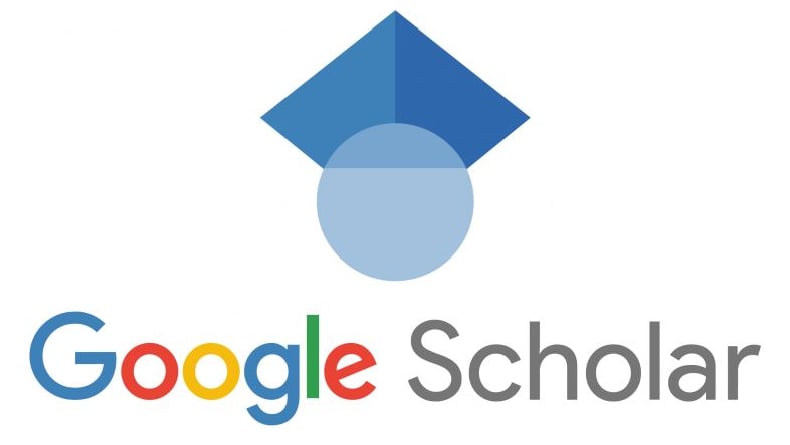Utilization of Gamification Technology and its Implication on Learning Al-Qur'an Hadith at Madrasah Aliyah Negeri 1 Probolinggo City
Keywords:
Gamification; Learners; Madrasah; Learning Al-Qur'an HadithAbstract
This research explores the application of gamification technology in teaching Al-Qur'an Hadith at Islamic Senior High School 1 Probolinggo City. The aim of this study is to examine the impact of gamification on students' learning motivation and participation. Using a qualitative research approach, data were collected through field observations, in-depth interviews, and document analysis. The findings indicate that integrating gamification technology into Al-Qur'an Hadith learning can enhance students' motivation and participation. While gamification is often applied in science and technical subjects, this research focuses on religious education, particularly Al-Qur'an Hadith, which is often perceived as less engaging by students, offering novelty in applying gamification technology in a different context. The results show that gamification can create an interactive and enjoyable learning environment, even in religious subjects like Al-Qur'an Hadith, significantly increasing students' motivation and participation in the learning process. Gamification engages students with game elements such as points, levels, and challenges, making learning more appealing. However, this study also highlights the importance of teacher preparation and adequate infrastructure to ensure the effective application of gamification technology. For a more engaging learning experience, it is crucial that teachers are trained to integrate this technology into their lesson plans. In conclusion, while gamification offers significant pedagogical benefits, it should complement, not replace, the essential role of teachers. A balance between technology and human interaction is vital for the success of a gamified learning environment.
Downloads
References
Deterding, S., Dixon D. Khaled. et. all. L. 2011. “From Game Design Elements to Gamefulness: Defining" Gamification".” in Proceedings of the 15th international academic MindTrek conference: Envisioning future media environments.
Gagné, R. M. 1985. The Conditions of Learning and Theory of Instruction. New York: Holt, Rinehart and Winston.
Gee, James Paul. 2003. “What Video Games Have to Teach Us about Learning and Literacy.” Computers in Entertainment 1(1):20–20. doi: 10.1145/950566.950595.
Indonesia, Kementerian Pendidikan dan Kebudayaan Republik. 2020. Peraturan Menteri Pendidikan Dan Kebudayaan No. 3 Tahun 2020 Tentang Standar Nasional Pendidikan Tinggi.
Mamahit, Henny Christine, and Dominikus D. Biondus Situmorang. 2017. “Hubungan Self-Determination Dan Motivasi Berprestasi Dengan Kemampuan Pengambilan Keputusan Siswa Sma.” Psibernetika 9(2). doi: 10.30813/psibernetika.v9i2.459.
Philosophy, Educational, Lovandri Dwanda Putra, Faqih Nur Hidayat, Iqlima Nurul Izzati, M. Alam Ramadhan, and Universitas Ahmad Dahlan. 2024. “Alacrity : Journal Of Education.” 4(3):131–39.
Yazid, S. Rizal, Dwi Fita Heriyawati, and Junaidi Mistar. 2024. “Unveiling Student Perspectives: Exploring the Impact of Gamification in English Language Teaching.” English Review: Journal of English Education 12(1):137–48. doi: 10.25134/erjee.v12i1.9371.
Zichermann, Gabe. Cunningham, Christopher. 2011. Gamification By Design : Implementing Game Mechanics in Web and Mobile Apps. Canada: O’Reilly Media, Inc.
Downloads
Published
How to Cite
Issue
Section
License
Copyright (c) 2024 Wardatul Maulidina Muchtar, Balya Ziaulhaq Achmadin, Hasnia Imroatis Syarifah, Abdul Fattah

This work is licensed under a Creative Commons Attribution 4.0 International License.






